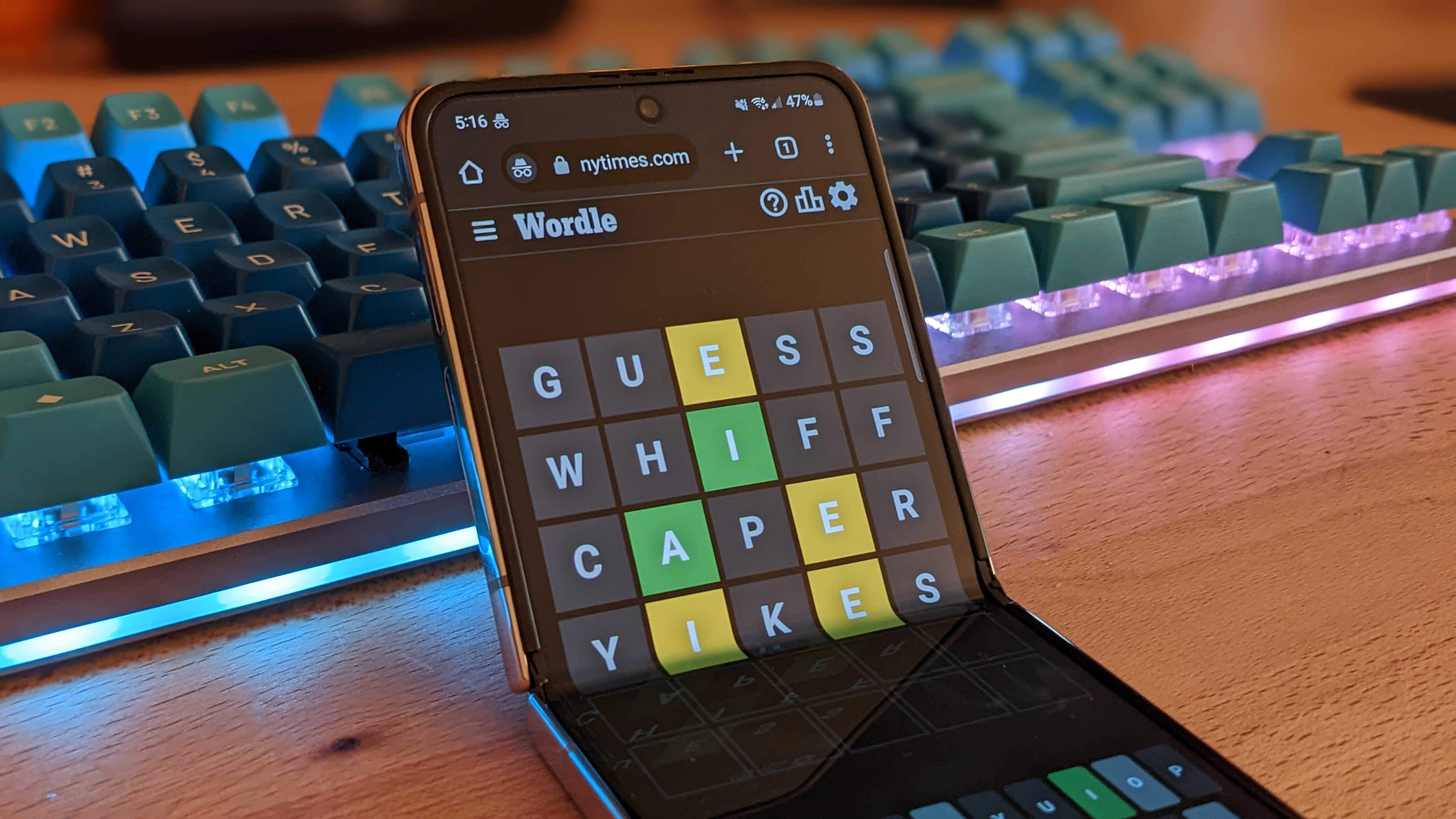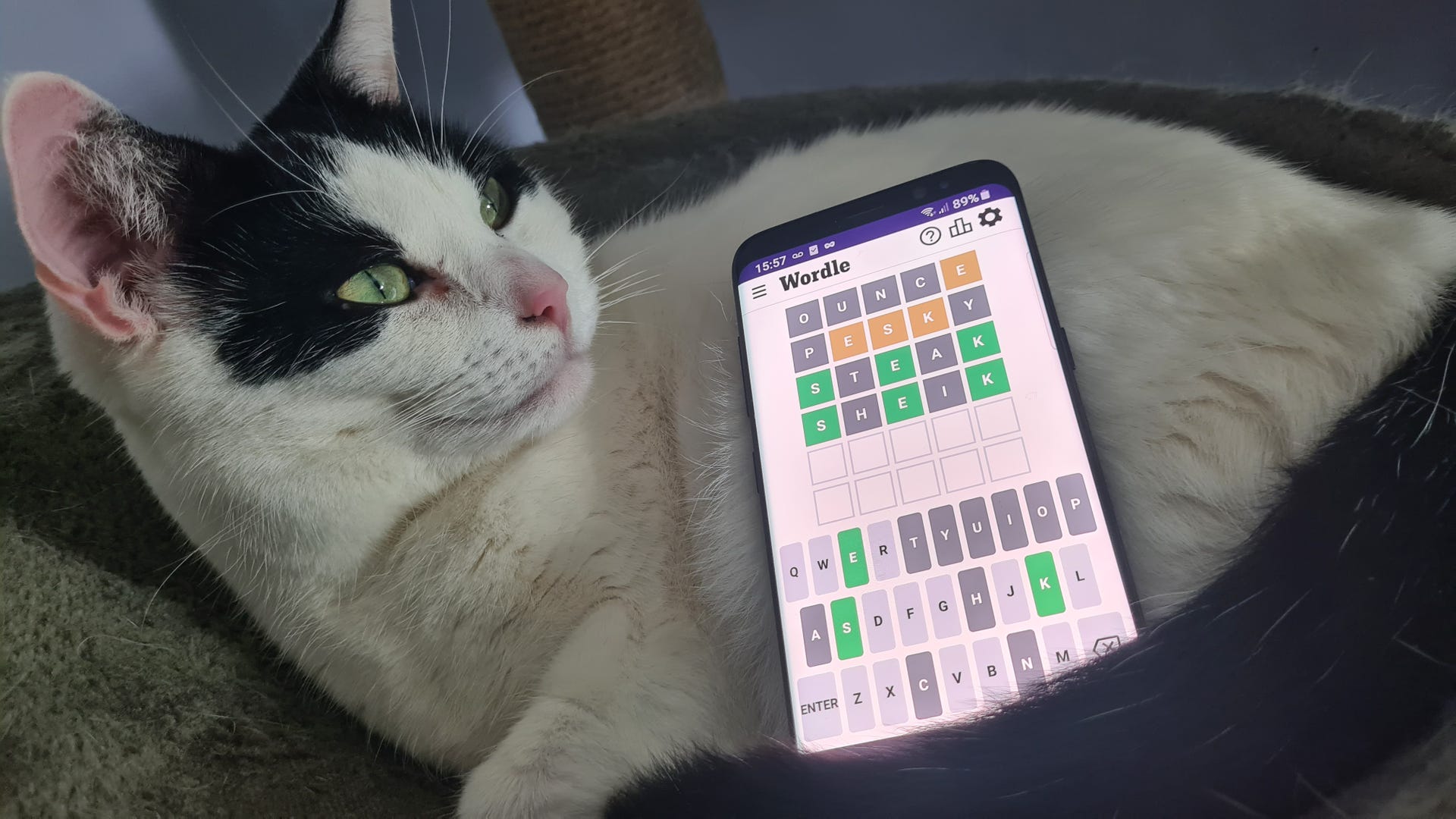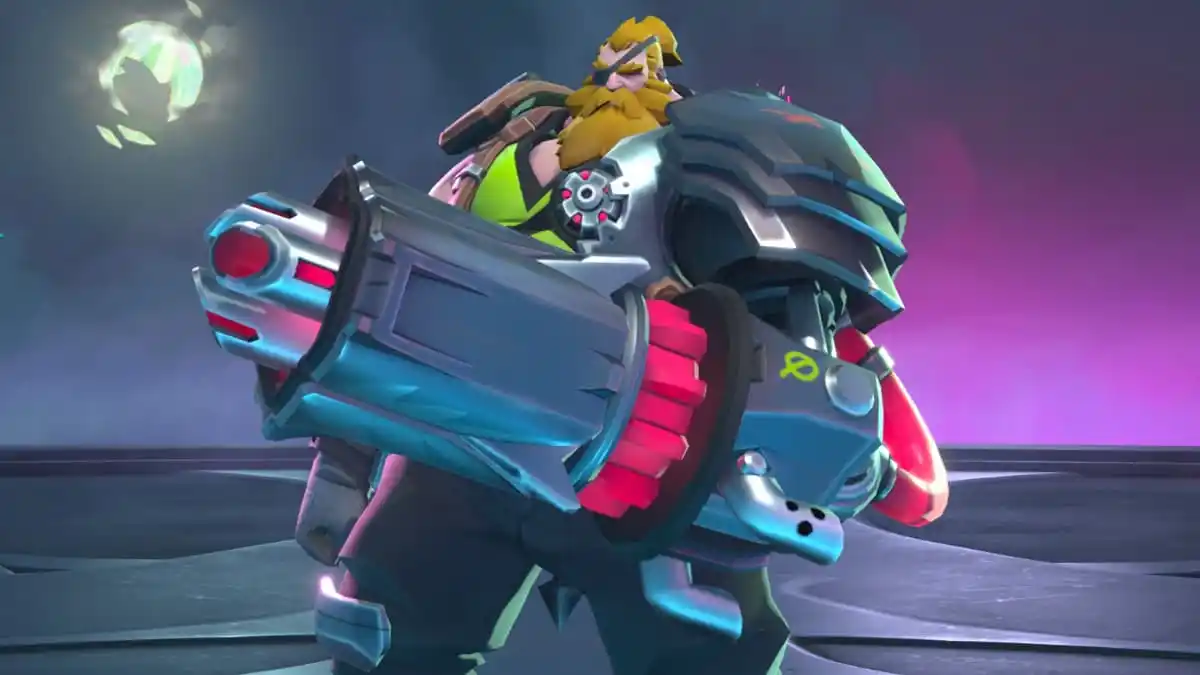
Deliciously pulpy horror storytelling was at the heart of the original Alan Wake. It returns for the sequel, too, but the Stephen King-isms look to be confined to The Dark Place; the New York-styled nightmare cage the titular writer is trapped in. Out in the real world (or at least what seems like the real world) – the domain of our second protagonist, FBI agent Saga Anderson – developer Remedy Entertainment has crafted a new collage from pieces of its favourite detective stories. The eerie shadows of True Detective, Seven, and The Silence of the Lambs creep through Alan Wake 2’s gorgeous digital depiction of the Pacific Northwest.
For this month’s IGN First, I visited Remedy’s studio in Finland to play Alan Wake 2. Across more than an hour of play I experienced the entirety of Local Girl, the third chapter of Saga’s story. Within it, I saw plenty of things that will make long-term Alan Wake devotees happy. Manuscripts still litter the world, as do blue thermos flasks. There are generators to power up, and your shadow-burning flashlight is still a fundamental part of combat. A pair of ageing rock stars make a very welcome return. But the shift from nightmare horror to grisly detective thriller on Saga’s side of the story is the first sign of the bold, sweeping changes that Remedy has made in its long-awaited sequel.
Where the 2010 original was a relentless action game dressed in a Halloween costume, Alan Wake 2 is a full-bore survival horror. It comes complete with puzzles, exploration, backtracking, and a crime fiction library’s worth of creeping dread. It feels like almost every element of Alan Wake’s gameplay has been reinvented. And, from what I can tell thus far, it’s all for the better.
Local Girl begins with Saga arriving in Watery, a town established by Finnish settlers. It’s just down the road from the original Alan Wake setting of Bright Falls, and carries a similar David Lynch vibe; quaint, but off-kilter. In these opening minutes, it’s clear that Alan Wake 2 is unlike any other game Remedy has made before. There’s no urgency as I wander down Main Street, chatting with the locals about a nearby trailer park – a lead in my wider investigation into the Cult of the Tree, the story’s looming threat. But while this may be slower-paced than Remedy’s previous action romps, it’s no less weird: everyone seems to already know who I am despite this being Saga’s first visit to Watery. And Ahti is performing a rousing number at the local cafe. Yes, Ahti, the janitor from Control. I don’t know if the coffee here is damn fine, but the atmosphere certainly is.
The touch of Resident Evil can be felt in Alan Wake 2’s combat encounters.
A chat with entrepreneurial oddballs the Koskela brothers puts me on the trail of some spare keys for the trailer park, which are locked up in the gift shop of Coffee World, a local theme park. My journey there reveals that Alan Wake 2’s world is built entirely differently from its predecessor. Rather than the A-to-B shooting galleries that made up the original game, Watery is an open hub of snaking forest trails that can be freely explored and backtracked through. This has affected the scenario design; across the duration of the chapter my objectives take me back and forth, discovering and revisiting locations as new items and information expand the story.
If the opening walk through Watery presents an air of Silent Hill, then this later approach positions Alan Wake 2 close to Resident Evil, which has long used its police stations and villages in a similar manner. That relationship is further emphasised by the abundance of puzzles. As I get closer to Coffee World I stumble across a number of containers, each locked by a brain teaser with a difficulty level that scales in correlation with the rewards inside. I find a basic supply chest that’s protected by a simple memory mini-game, but later discover a lockbox containing a powerful crossbow. Cracking it requires a close study of the surrounding environment, as the bolts embedded in the nearby targets are clues to the padlock’s combination. I appreciate this more involved and ambiguous approach over Resident Evil’s tradition of using an unusual item as a key, although that design does still make an appearance later in the chapter.
The touch of Resident Evil can also be felt in Alan Wake 2’s combat encounters, which are framed from an almost identical camera angle and have the remakes’ same snappy, stressful gunplay. There’s a grisly wound system, too, that opens up wet cavities with each gunshot. But that familiar foundation is blended with more original Remedy ideas. The dodge returns from the first game, so ducking beneath hurled hatchets and melee swipes is still part of the rhythm. And then there’s the core of Alan Wake’s DNA: the flashlight. Enemies are still cloaked in shadow which must be burned away with the beam of your torch before bullets will inflict damage. It’s great to see that unique mechanic return, not only for its ties to the lore, but also because it provides a distinct, tension-laced two-step approach to every enemy.
At the same time, it’s equally great to see what Remedy has dropped from its original formula. The encounters in this demonstration mission are a far cry from the relentless waves of enemies that populated the first game. Instead, moments of violence are spaced much further apart and involve just one or two assailants. A single foe is a significant, bullet-absorbing challenge. It makes fights feel scrappy and desperate; a hurricane of adrenaline where every round counts.
The journey to Coffee World is host to just two of these encounters. It seems like much of Alan Wake 2’s horror is built on the nervous anticipation of violence rather than combat itself. More enemies lie in wait between the rides and stalls of the fairground, but the real battle here is one of the mind. Because on Saga’s side of the story, Alan Wake 2 is not just a survival horror. It’s a detective game, too. We are playing an FBI agent, after all, and so Remedy has built a small collection of bespoke systems to support that investigative fantasy.
As I explore Watery, I gather an increasing pile of clues and evidence. Saga does not automatically make sense of these clues; instead, they must be deciphered in the Mind Place, a mental representation of an FBI office in Saga’s head. Here you can profile people that you’ve met to learn more about them and arrange clues on a case board to make connections and unlock new mission objectives. In the most simplistic terms, this is a ‘match the right card to the right location’ puzzle. Evidence that explains a person’s motive goes in the motive section of the board, for example, and cannot be placed anywhere else.
The version of the system that I used for this preview was, unfortunately, a little clunky. The interface and UI prompts were slightly unintuitive, and occasionally I found that evidence wouldn’t fit where it logically should do, forcing me to just try every option until the clue stuck. It wasn’t particularly satisfying, but before I left the studio, Remedy was already using my feedback to fine-tune the case board. Hopefully it’s in a better place in time for release.
When it works, though, I can see the value in the mechanic. I arrive at Coffee World’s gift shop only to discover that a locked door prevents me from picking up the keys to the trailer park. Using the case board I’m able to piece together notes that I find on a pin board. A previous jammed lock was released using a screwdriver, and a maintenance man reports having recently fixed ‘The Percolator’ ride. The clues combine to trigger a new objective: find the screwdriver used by the maintenance man, and use it to break the gift shop’s lock.
This new experiment with survival horror so far feels like the approach Alan Wake was always meant to take.
This admittedly isn’t genuine detective work such as that seen in games like Paradise Killer and Return of the Obra Dinn. But the approach does provide the sense of your actions pushing the case forward and opening up new lines of investigation. And while the gift shop lock is a very simple example, I can see the board being vital to the much larger Cult of the Tree case, where there will likely be substantially more leads and categories of evidence. The board breaks all that down into clear components and allows you to easily track its individual threads. That’s helpful from a narrative perspective, and hopefully it will feel fulfilling when it comes to the detective roleplay of it all, too.
The detective work, map design, scrappy combat encounters, and slower, tense pace of Alan Wake 2 make it a very different proposition from its predecessor. In fact, from what I’ve seen across both my hands-on time and the demo shown at gamescom last month, it feels like Remedy may be making one of the most radical sequels in video game history. While I love the studio’s action game pedigree, this new experiment with survival horror so far feels like the approach Alan Wake was always meant to take. It’s cerebral, grimy, atmospheric, and bursting with character. I can’t wait to turn the page and find out what’s lurking in the next chapter.
Matt Purslow is IGN’s UK News and Features Editor.





